how to make a cryptocurrency
How to make a cryptocurrency
A cryptocurrency, crypto-currency, or crypto is a digital currency designed to work through a computer network that is not reliant on any central authority, such as a government or bank, to uphold or maintain it.< https://500earth.com/how-to-improve-this-world/ /p>
On 11 November 2022, FTX Trading Ltd., a cryptocurrency exchange, which also operated a crypto hedge fund, and had been valued at $18 billion, filed for bankruptcy. The financial impact of the collapse extended beyond the immediate FTX customer base, as reported, while, at a Reuters conference, financial industry executives said that “regulators must step in to protect crypto investors.” Technology analyst Avivah Litan commented on the cryptocurrency ecosystem that “everything…needs to improve dramatically in terms of user experience, controls, safety, customer service.”
Various studies have found that crypto-trading is rife with wash trading. Wash trading is a process, illegal in some jurisdictions, involving buyers and sellers being the same person or group, and may be used to manipulate the price of a cryptocurrency or inflate volume artificially. Exchanges with higher volumes can demand higher premiums from token issuers. A study from 2019 concluded that up to 80% of trades on unregulated cryptocurrency exchanges could be wash trades. A 2019 report by Bitwise Asset Management claimed that 95% of all bitcoin trading volume reported on major website CoinMarketCap had been artificially generated, and of 81 exchanges studied, only 10 provided legitimate volume figures.
With incentives, validators are encouraged to participate actively and honestly in the validation process to earn rewards in the form of newly minted (created) cryptocurrencies. This incentive system sets the rules that govern the process of picking validators who would, in turn, verify the next batch of transactions. It also ensures that the activities of the validators align with the goal of the network as a whole. Validator nodes found to be involved in actions that undermine the validity of the crypto network can be barred from taking part in subsequent validation processes or punished accordingly. These incentive infrastructures are also known as consensus protocols.

Trading cryptocurrency
Another strategy you can follow is the 1% rule, where you don’t risk any amount more than 1% of your total capital on a single position. For instance, if you have $10,000 to invest and want to adhere to the 1% rule, you could buy $10,000 of Bitcoin and set a stop-loss order to sell at $9,900. This way, you would limit your losses to 1% of your total investment capital.
A candlestick is made up of four data points: the Open, High, Low, and Close (also referred to as the OHLC values). The Open and Close are the first and last recorded price for the given timeframe, while the Low and High are the lowest and highest recorded price, respectively.
Related Links Are you ready to learn more? Visit our glossary and crypto learning center. Are you interested in the scope of crypto assets? Investigate our list of cryptocurrency categories. Are you interested in knowing which the hottest dex pairs are currently?
Another strategy you can follow is the 1% rule, where you don’t risk any amount more than 1% of your total capital on a single position. For instance, if you have $10,000 to invest and want to adhere to the 1% rule, you could buy $10,000 of Bitcoin and set a stop-loss order to sell at $9,900. This way, you would limit your losses to 1% of your total investment capital.
A candlestick is made up of four data points: the Open, High, Low, and Close (also referred to as the OHLC values). The Open and Close are the first and last recorded price for the given timeframe, while the Low and High are the lowest and highest recorded price, respectively.
Pi cryptocurrency
How can we know the progress toward the Open Network goal in 2024? In 2024, the Core Team will continuously provide updates on the network’s progress under Conditions 1 and 2 through the Roadmap itself and/or announcements. This way, Pioneers as well as the Core Team can check on our collective progress, assess where the gaps lie, and focus our efforts accordingly to accomplish our collective goal of Open Network transition in the year 2024.
What is the purpose of KYC and why is there a delay for some accounts? As communicated in the 2021 December Whitepaper and many KYC announcements (such as 1, 2, 3), the purpose of the KYC is to ensure the integrity of the network by preventing fake accounts, policy violators and bad actors from going through while allowing honest miners to pass, and to comply with laws such as anti-money laundering regulations by preventing sanctioned accounts from passing. In making such determination of accounts, there will be additional scrutiny and checks on a small minority of applications that will inevitably increase their processing time to ensure fair and accurate results as much as possible. Such accounts that need extra checks are not necessarily fake accounts, policy violators or bad actors, but the determination of such may be more difficult than usual and thus take extra time. Resolving the corner cases in KYC applications to allow honest Pioneers to pass and migrate will be a major focus of the Core Team in 2024. This will include providing information and next steps for stuck applications to take and informing applicants of any rejections.
Depending on the maturity of the Enclosed Network ecosystem and the progress of the KYC, this period may begin on Pi Day (March 14, 2022), Pi2 Day (June 28, 2022), or later. The Open Network period means that the firewall in the Enclosed Network period will be removed, allowing any external connectivity, e.g., to other networks, wallets, and anyone who wants to connect to Pi Mainnet. API calls will not be firewalled, and Pioneers will be able to run their own Pi Nodes and API services. Pioneers will have connectivity with other blockchains. Community Nodes can also run the Mainnet.
Continuing to streamline the KYC funnel by solving bugs or technical blockers. E.g., Pioneers’ KYC applications were stuck for various reasons, including need for small name updates, failure to process liveness, failed selfie uploads, failed image extractions, missing information fields, UX deadends, etc.



